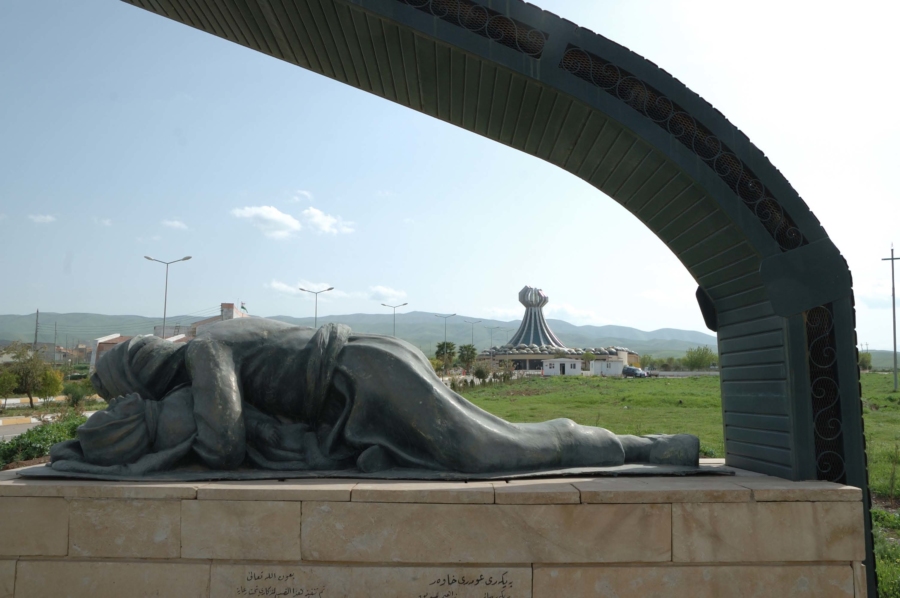Iraqi flag designs since the royal era until now
The first flag of Iraq was adopted in 1921, when the Hashemite Kingdom of Iraq was established, and the colors of the flag were derived from one of the verses of the poem of the poet Safi al-Din al-Hilli.
(The whiteness of our trades the black of our facts….. the green of our pastures is the redness of our pasts) the translation of the verses
In 1958 a new flag was approved for the Hashemite Union between the Kingdom of Iraq and the Kingdom of Jordan, with each country keeping its own flag.
After the July 14 revolution, the flag of the Iraqi Republic was approved.
In 1963, a new flag was approved for the country, symbolizing Arab unity between Egypt, Iraq, and Syria.
After the second Gulf War, the Iraqi flag law was passed and the phrase “God is Greatest” was put into place.
After the US invasion of Iraq, a proposal for a new Iraqi flag was harshly criticized and not welcomed. After 2004, a slight modification was made to the Iraqi flag by replacing the phrase “Allahu Akbar” and making it in the Kufic script.
In 2008, the Iraqi parliament passed the Iraqi flag law, from which the three stars and their connotations were removed
Translated from:
https://ar.wikipedia.org/wiki/%D8%B9%D9%84%D9%85_%D8%A7%D9%84%D8%B9%D8%B1%D8%A7%D9%82













